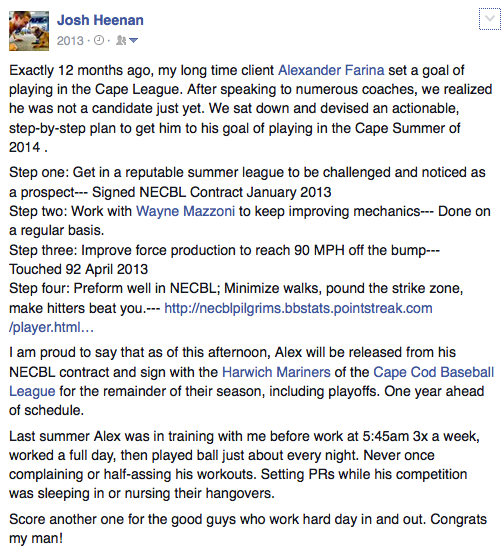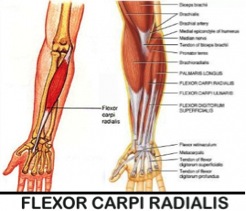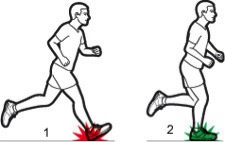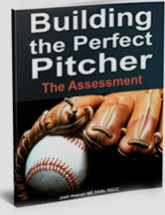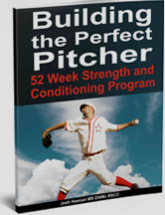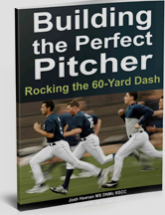5 Reasons Why You Can’t Gain Weight
Having coached hundreds both in person and as distance clients that routinely put on 20-30lbs in their first 12 weeks of training. I can vouch that many are dedicated to reaching their goals but often have 1-2 major faults that inhibit them from putting on the weight they desire.
Here are my top 5 reasons why people are unsuccessful in gaining weight
5- You are not training with intensity
It’s beyond the scope of this article to dictate if you are on the correct training program or not to gain weight, but regardless of the program, you need to be training with intensity.
Intense training will create the physiological effects that will signal your body to increase muscle mass. Just as important, a solid training program executed with intensity will help increase appetite and allow you to consume more calories over time.
Don’t go through the motions, Train your butt off.
4- You don’t prioritize sleep
Sleep is the time to recover and grow.
Many athletes stay up watching TV and playing video games until 2-4am. Leaving them only 4-6 hours to sleep. When you are able to get deep sleep, your body produces a hormone profile that is optimal for increasing muscle mass and dropping body fat.
For more tips on sleep check out my T-nation article 4 Sleep Strategies for Athletes’
3- You don’t meal prep
This one drives me absolutely nuts.
Without preparing your food in advance you are going to find it near impossible to get enough food in throughout the day. Unless you are a professional athlete, you have to contend with class and/or work on top of everyday life. Having a bunch of meals prepared and snacks always by your side is the easiest way to reach your goals.
I’ve had high school athletes hide PB&J in their backpacks and sneak them in during class or in between class.
I’ve had professional athletes prepare 10-20 meals prior to a long road trip where they know the only options will be McDonald’s for for dinner just about every night.
It doesn’t matter how you get it done, you need to consume enough nutrients for your body to grow. Make it easy on yourself and pack your meals.
2- You have the wrong mindset
Being a skinny kid gaining weight is uncomfortable. It requires preparation, extra time cooking, extra time cleaning, extra time eating, and food will get boring.
GET OVER IT
If it was easy EVERYONE would be their ideal bodyweight, throw 95MPH, and drop 500 foot bombs.
Having a task oriented mindset and understanding that being uncomfortable is a part of the process.
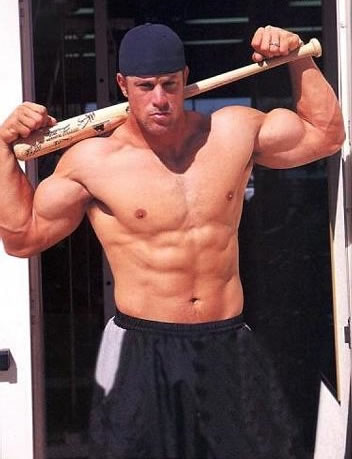
1- You do not have big enough consequences and a support team
I’m a big fan of S.M.A.R.T. goals.
Specific
Measurable
Achievable
Results-focused
Time-bound
Every weight gain athlete I’ve ever had in person or distance coached has implemented S.M.A.R.T. goals with weekly check-ins. These small weekly goals along with surrounding yourself with a team who has the experience and knowledge of how to add some serious weight in a short amount of time makes a world of difference. In our Southport facility, some of the best coaches we have are athletes who have previously gained 30-40 lbs in previous years talking to other athletes.
In regards to consequences, rarely does anyone ever fails to reach their goal when the stakes are high enough. In house, athletes often pick the punishment of eating a can of dog food if they miss a weekly goal. No wonder why no one misses goals.
Move Fast, Throw Hard, Live Well – Early Off-Season
With the fall upon us and our baseball guys entering their off-season, we get an increase in volume of athletes looking to overhaul their fitness and performance training. The follow articles offer good info for the early off-season.
A Peek Into The Sleep Habits Of Teenagers Around The World – Sleep length and quality is not only important for recovery from training and sport, but is immense for long-term health. Sleep is one of the most abused recovery tool we have available for each and every athlete.
High Level Throwing – I had the pleasure of meeting Austin this past winter. Austin does a great job at breaking down high level throwing mechanics. This is the perfect time of year to implement Austin’s tools to fix your mechanics.
Why Your Conditioning is Hurting Your Performance on the Mound – This throwback article gives some insight to how we condition pitcher and prepare our position players to have a powerful first step.
Alex Farina Signs with Milwaukee Brewers
On August 2nd 2013, I made the following post on facebook:
As I mentioned in that post, Alex is the type of client that makes me look great. Simply put, my job is to keep our athletes healthy and progressing while providing guidance wherever needed. For an athlete like Alex who shows up early, stays late, listens, asks well thought out questions, is process oriented, and consistent– he will be successful no matter what he puts his mind to.
Alex spent the summer entering his junior year of college split between the New England Collegiate Baseball League and the Cape Cod Baseball League. Having MLB scouts show interest there was some talk of getting drafted junior year, but to be honest, coming from a program with 3 draft picks in the last 34 years, it was a long shot and not expected.
Eventually, the draft came and went without a call and he reported back to the NECBL for the summer. During that time we spoke openly about how the next 12 months were going to go. The primary goal was to graduate on time with his mechanical engineering degree and play affiliated pro-ball whether or not he was drafted.
Speeding up to present time, Alex earned his degree and got the call he was waiting for from the Brewers and as I write this he is on a plane to their Arizona Rookie Ball affiliate. A well-earned opportunity for someone who dedicated themselves to taking one step at a time, staying focused, and never excepting anything less than being better than yesterday. That is how big goals are accomplished and dreams are realized.
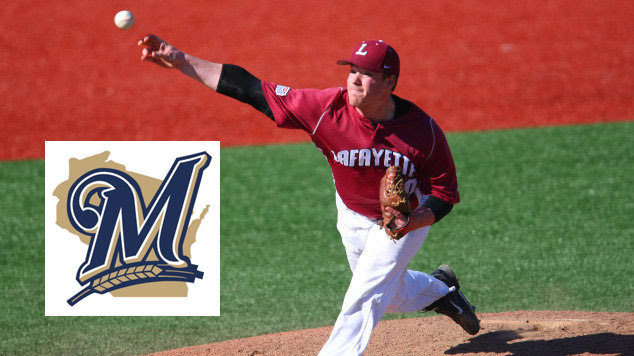
Add Muscle Mass, Get Recruited and Drafted
With the rigorous in-season schedule of games, practice, school, and life adding lean muscle mass can be very challenging. Add in distance running, hot weather, and a lack of training it can feel impossible to maintain bodyweight, let alone add some clean LBS to a wiry frame.
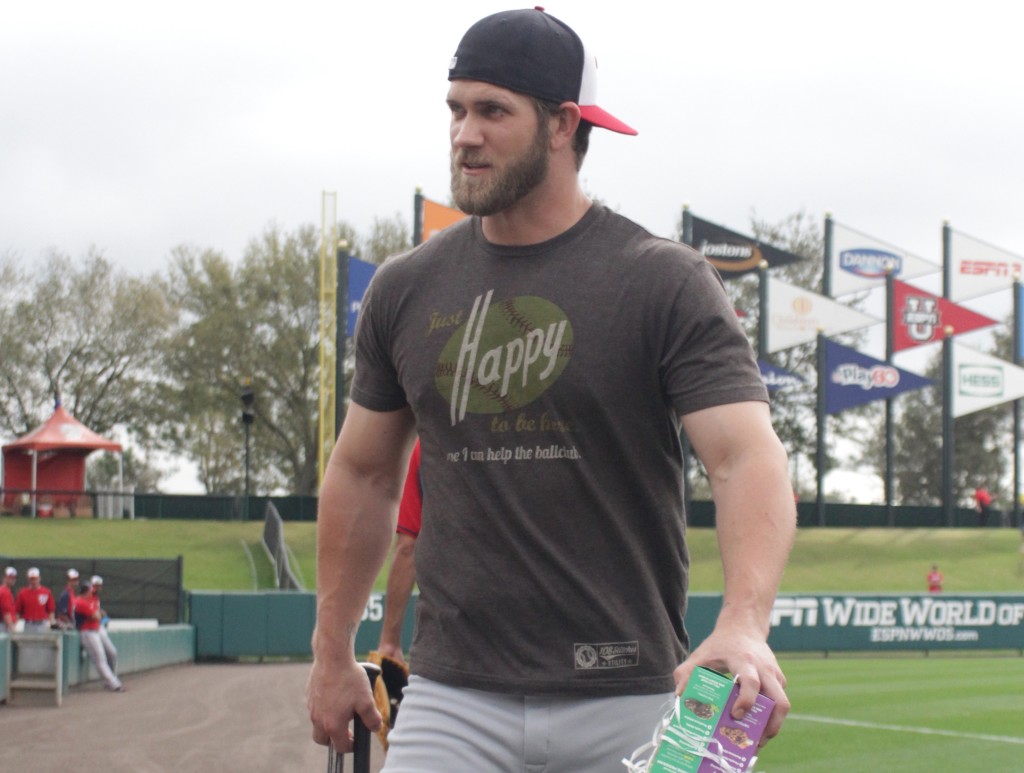
Why is muscle mass so important?
Muscle mass and increased bodyweight increases potential force output, which is one of the keys when trying to run faster and throw harder. Not only is added muscle mass important for injury prevention, but it terms of health and longevity there are few indicators better than muscle mass.
I held a webinar last year and release my “90 MPH Formula”. As you can see below, I’m a huge believer that strength gains and bodyweight are near necessity to throwing above 90. Mechanics and a whole host of factors play into this, but my athletes have shown me the information listed is accurate over and over again.
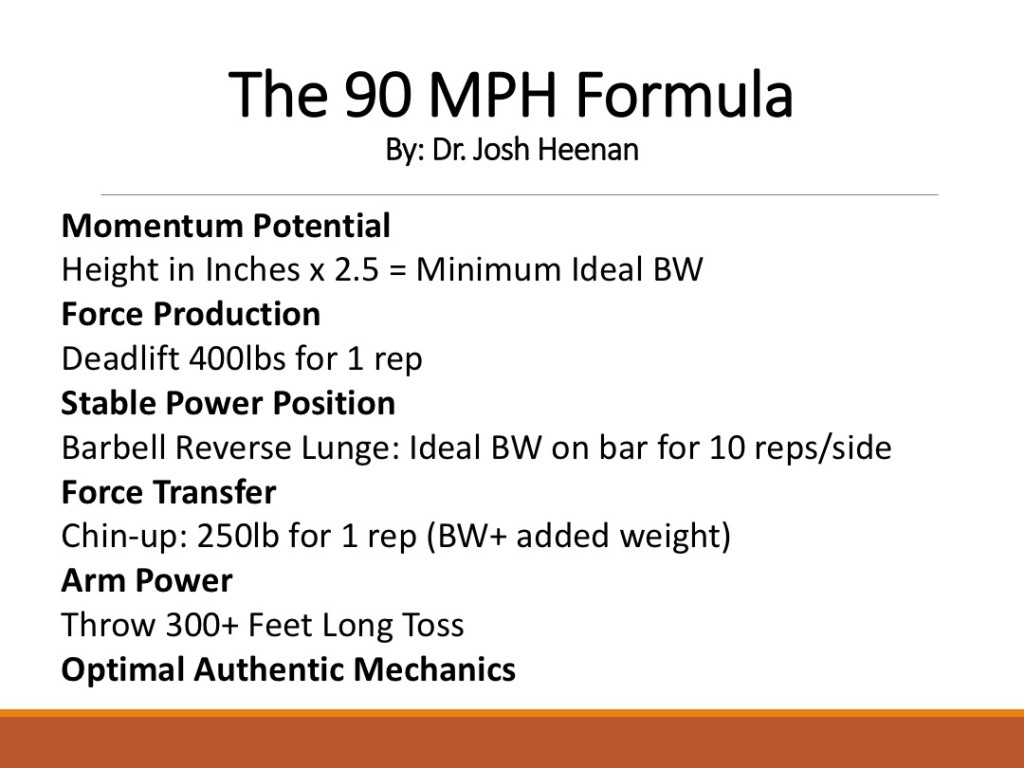
I encourage you to compare your favorite collegiate or MLB team roster to the “90 MPH Formula”.
The performance indicators and decreased risk of injury are great for athletes, but why else would this matter for collegiate coaches and MLB organizations?
Dedication/Toughness
For the most athletes, adding a significant amount of muscle mass requires intense dedication. Having seen 100+ athletes add 20 lbs in 10 weeks, I know this is not for the faint of heart. The ones who go on to add 30-40 lbs over a 6 month period have a level of need for the weight and self-discipline that is impressive to say the least. Dedication, toughness, and sacrifice for a larger goal (like significant muscle gain) is something all highly competitive teams want.
Projectable/Image
Baseball, like most sports, is highly speculative. As I tell our draft eligible guys, all it takes is one scout to fall in love with you and you will be picked up. Same holds true for college coaches. Being undersized by 30-50lbs while being scouted or recruited is going to portray a less than ideal image of what you can offer, even if you are an exceptional athlete. As one of my good friends often says “dress for the job you want, not the job you have” prior to your college visits or your draft eligibility it is important to present yourself physically prepared for that next level of play. Leverage your opportunity to have those coaches speculate you are the hardest worker they have ever met.
During the first day of the MLB draft coverage, the hosts continually commented about how a bunch of the athletes were “gym rats”. They classified these guys as “workers” and would be an asset to each ball club they were about to join. Many college and pro organizations see the value of athletes who train hard, are more durable, and reach their potentials. Take the time now to dedicate yourself to being consistent while training hard and smart year-round.
Move Fast, Throw Hard, Live Well – Development is a process, not a destination.
With the draft only a few days away, this list will bode well for many of my clients and readers hoping to one day be drafted.
88 percent of NFL draft picks played multiple sports
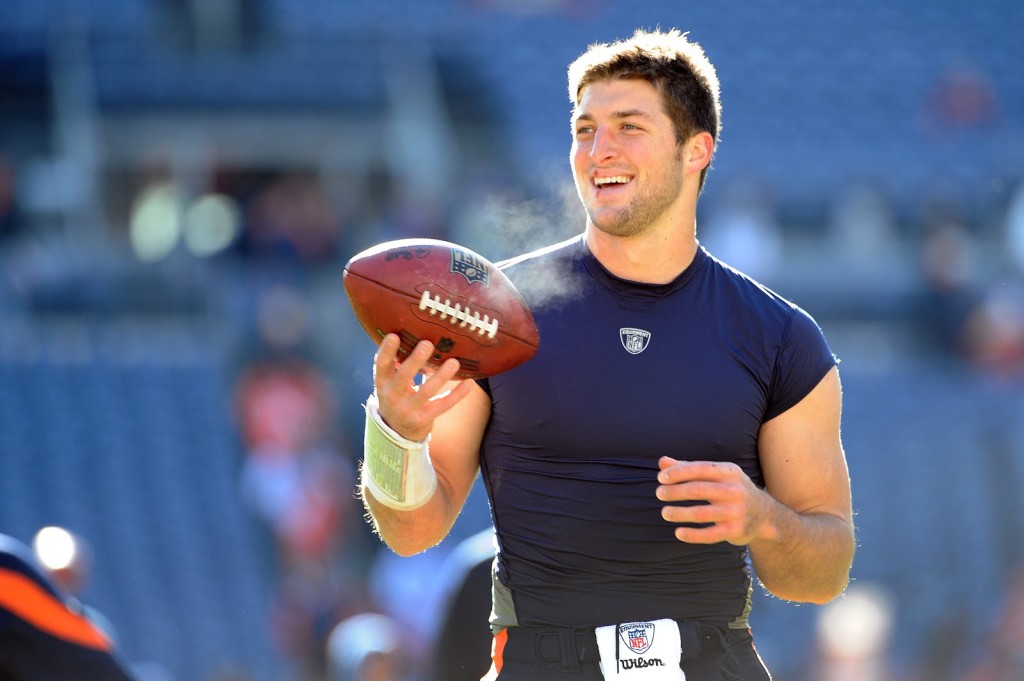
“According to TrackingFootball.com, 224 of the 256 players chosen during the draft were multi-sport athletes in high school. Of all draftees, 63% participated in track and field, 48% played basketball and 10% played baseball.”
Research has been pointing athletes towards playing multiple sports for maximum athleticism and decreased risk of overuse injury for years now. In my collegiate and clinical coaching experience, anecdotal evidence has been overwhelming that multi-sport athletes are healthier and reach high levels than their specialized counterparts.
Cubs manager Joe Maddon speaks out against specialization
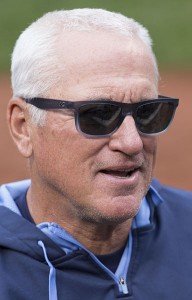
“I hate the specialization with kids, when they’re playing on these travel squads when they’re like 12, 13, 14 years old, only dedicated to one thing, Traveling all the time. Paying exorbitant amounts of money to play baseball with hopes they’re going to become a professional baseball player. “I think that’s crazy. I love cross-pollination when it comes to athletes, You get guys that did not just play baseball, meaning they’ve been around a different set of coaches and styles and ways to get in shape and thoughts. I love that.” Maddon said
Many parents I speak to are terrified that their child will not be prepared to play a high level of high school sport, will not get a scholarship, and will not get drafted. I understand the worry, but many are racing the wrong race. The goal should be to maximize enjoyment of the game, become as athletic as one can become, and keep on developing. Development is a process, not a destination.
3 Eating Secrets to Bulk Up Fast
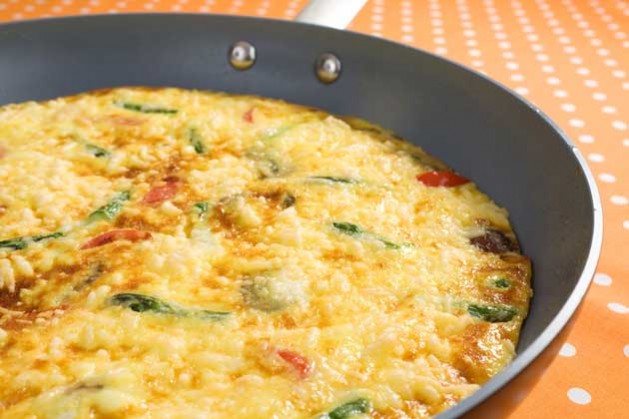
This week I have been bombarded with muscle gain and weight gain questions. With the summer approaching, many athletes are looking to pack on weight while playing and training hard. This can be tough, but is done every year in our gym— usually 20-30lbs in a 3-month window. These three tips help many of our ball players stay on track during these bulking phases.
Predicting and Preventing UCL Injuries
Pitching coaches and researchers are pointing to mechanical flaws along with increased pitching velocities as the root cause of the large uptick in UCL tears. In the gym, we see a bunch of trends that have been correlated to UCL injuries either anecdotally or backed by research. The following are my top 3 red flags prior to a UCL injury from a thrower.
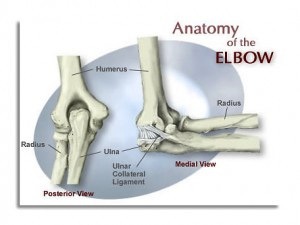
1. Cervical Rotation Dysfunction
Cervical rotation is depended on good joint mobility as well as enough flexibility from the muscles that attach to the neck and shoulder. What most people miss when evaluating or training rotational athletes is that core stability plays a huge role in cervical rotation.
The first video is of a left-handed pitcher supine with full right rotation in his neck.
The next video is of the same left-handed pitcher standing with limited right cervical rotation.
The inability to move properly through the neck while standing (especially in right cervical rotation) will lead to altered pitching mechanics. On the mound the result will often present as “flying open”. Pitchers with this type of dysfunction struggle with consistency of pitch location and velocity. They also tend to present with neck and shoulder pain prior to UCL damage.
One fix that we use with these athletes is half get-ups. Usually a few challenging with or without weight can correct this dysfunction long-term.
2. Tight Pitching Forearm
I have yet to find good literature on “forearm tightness” prior to UCL injury, but I can tell you from experience athletes who complain about forearm tightness on a regular basis that goes untreated often come back down the line with medial elbow pain, little leaguers elbow, or a UCL tear.
Studies have shown that the “flexor-pronator” muscles are used when throwing to create elbow stability.1 My suspicion is that where the body feels that it cannot control the violent valgus forces of the elbow during throwing, these forearm muscles (particularly the flexor carpi radialis) over-assist the passive restraints of the ulnar collateral ligament. This is a red flag that needs to be address immediately.
3. Lower Body Injury or “Balance Issues”
Fluid transfer of force from one joint to the next is the basis for great movement, injury prevention, and high performance. Ignoring foot, ankle, and knee injuries while jumping back into high level throwing is asking for trouble up the kinetic chain.
Garrison et. al compared baseball players who had no UCL tears vs. players who did. Each group completed the Y-Balance Test, a quantitate test to measure overall balance. Participants with a UCL tear demonstrated decreased performance for their stance and lead lower extremities during the Y-Balance Test. The researchers concluded that there is a potential link between impaired balance and UCL tears in high school and collegiate baseball players.
I put “balance” in quotations because I believe there is a wild miss understanding of what real balance issues are. True balance issues come from the vestibular system. Most of what we see with younger athletes is very poor strength and an inability to express strength or movement in a given range of motion. When someone says they have a balance issue when standing on one leg, I hand them 2 heavy dumbbells to hold next to their body and stand on one leg again. By holding the weight and crushing the dumbbells with their hands, they activate their hips and core musculature giving their body feedback to remain stable. If you try this little test and your single leg stance does not improve, you likely have some true underlying balance issues and should get that checked out. For the rest of you, you need to get stronger!
1. Park MC, Ahmad CS. Dynamic contributions of the flexor-pronator mass to elbow valgus stability. J Bone Jt Surg. 2004;86(10):2268-2274.
Want to play college baseball? This weekend, you must do this.
Watch College Baseball
The NCAA Regionals are played continuously from Friday to Sunday on ESPN U, ESPN 3, and the SEC Network. Can’t make it because you have games all weekend? DVR a few of the games and watch them Sunday night.
Take this yearly opportunity to learn about your potential competition. Analyze the physical attributes of each player, how they play the game, how fast they run, how hard they throw. So often I work with players who want to play college baseball, but have no idea what the talent pool is like at that level.
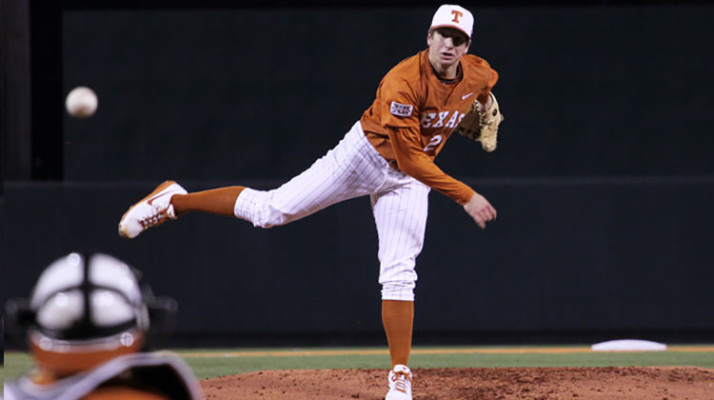
Check out the rosters of some of the known powerhouses. For instance, Texas has only 4 players listed under 180lbs. Of the 17 pitchers on their staff, Texas has only 1 that is under 180lbs, and he is a freshman. Weight is not the end all be all for baseball players, but it is absolutely one indicator of how well someone is built (assuming the athletes are lean). Adding muscle mass is one of the easiest ways to increase mph on the mound, decrease injury risk, and raise your overall athletic potential.
Why bodyweight is important for pitchers
The speed of the college game is often surprising for high school athletes, especially at the high echelon DI programs. In 2013, Perfect Game published this list of the fastest high school sophomores, juniors, and senior 60 yard dashes.
Averages: High School Senior 7.31 | Junior 7.44 | Sophomore 7.56
Top Performers – 60-Yard Dash – Class of 2014
| RK | Time | Name | Event | School | City | State |
| 1 | 6.28 | Carl Chester | National Showcase | Lake Brantley | Longwood | FL |
| 2 | 6.31 | Denz’l Chapman | National Showcase | Serra | Los Angeles | CA |
| 3 | 6.35 | Jared McKay | Southeast Top Prospect Showcase | Chamblee Charter | Stone Mountain | GA |
| 4 | 6.36 | Evan Holland | Mid Atlantic Top Prospect Showcase | Timber Creek | Erial | NJ |
| 5 | 6.37 | Jack Flaherty | National Showcase | Harvard-Westlake | Burbank | CA |
| 6 | 6.42 | Clay Lane | Sunshine South Showcase | Kaufman | Kaufman | TX |
| 7 | 6.43 | Michael Gettys | National Showcase | Gainesville | Gainesville | GA |
| 8 | 6.44 | Derek Hill | National Showcase | Elk Grove | Sacramento | CA |
| 9 | 6.45 | Connor Brady | South Top Prospect Showcase | Plano Sr. | Plano | TX |
| 10 | 6.46 | Matthew Collins | National Showcase | Memorial | Houston | TX |
| 10 | 6.46 | Trenton Kemp | National Showcase | Buchanan | Clovis | CA |
| 12 | 6.47 | Troy Stokes, Jr. | National Showcase | Calvert Hall College | Baltimore | MD |
| 12 | 6.47 | Stone Garrett | National Showcase | George Ranch | Sugar Land | TX |
| 14 | 6.48 | Tristan Rojas | Sunshine Northeast Showcase | James Monroe | Bronx | NY |
| 15 | 6.49 | Landon Morgan | South Top Prospect Showcase | Lubbock Christian | Levelland | TX |
| 15 | 6.49 | Giovanni Abreu | National Showcase | George Washington | New York | NY |
| 15 | 6.49 | Jeren Kendall | National Showcase | Holmen | Holmen | WI |
| 15 | 6.49 | Alexis Pantojas | Caribbean Top Prospect Showcase | Puerto Rico Baseball Academy | Vega Alta | PR |
Top Performers – 60-Yard Dash – Class of 2015
| RK | Time | Name | Event | School | City | State |
| 1 | 6.44 | Satchel McElroy | Jr National Showcase | Clear Creek | League City | TX |
| 2 | 6.45 | Demetrius McAtee | South Underclass Showcase | Parkway | Bossier City | LA |
| 3 | 6.46 | Alex Shaver | Jr National Showcase | George Ranch | Sugar Land | TX |
| 3 | 6.46 | Bakari Gayle | Jr National Showcase | Martin Luther King, Jr. | Stone Mountain | GA |
| 5 | 6.50 | Eric Cole | South Underclass Showcase | Southlake Carroll | Southlake | TX |
| 6 | 6.51 | Connor Smith | Ohio Valley Showcase | H.H. Dow | Midland | MI |
| 7 | 6.54 | Roman Millem | Ohio Valley Showcase | North Oldham | Prospect | KY |
| 7 | 6.54 | Jimmy Herron | Jr National Showcase | La Salle College | Harleysville | PA |
| 9 | 6.55 | Daniel Little | National Underclass Session 3 | Lexington Catholic | Nicholasville | KY |
| 10 | 6.57 | Demi Orimoloye | Jr National Showcase | St. Matthew | Orleans | ON |
| 10 | 6.57 | Bakari Gayle | Southeast Top Prospect Showcase | Martin Luther King, Jr. | Stone Mountain | GA |
| 12 | 6.59 | Tyler Williams | Jr National Showcase | Raymond S. Kellis | Peoria | AZ |
| 12 | 6.59 | Shane Selman | Sunshine South Showcase | Alfred M. Barbe | Lake Charles | LA |
Top Performers – 60-Yard Dash – Class of 2016
| RK | Time | Name | Event | School | City | State |
| 1 | 6.62 | Vincent Ramos | Caribbean Underclass Showcase | Colegio Bautista | Toa Baja, Levittown | PR |
| 2 | 6.64 | Nicholas Rowland | Mid Atlantic Underclass Showcase | Chestnut Hill Academy | Blue Bell | PA |
| 3 | 6.67 | Ryan Mejia | Sunshine East Showcase | Alonso | Tampa | FL |
| 4 | 6.72 | Matthew Meisner | Sunshine Northeast Showcase | Salem | Salem | NH |
| 5 | 6.78 | Christian Moya | California Underclass Showcase | Bishop Amat | Chino Hills | CA |
| 6 | 6.79 | Cameron Locklear | Atlantic Coast Underclass Showcase | Jack Britt | Fayetteville | NC |
| 7 | 6.82 | Tyrik Jones | Southeast Underclass Showcase | The Galloway | Stone Mountain | GA |
| 8 | 6.83 | Corbin Bice | Southeast Underclass Showcase | Chilton Co. | Clanton | AL |
| 9 | 6.83 | Aidan Elias | Ohio Valley Showcase | Sayre | Lexington | KY |
| 10 | 6.84 | Kace Massner | Midwest Underclass Showcase | Burlington Community | Burlington | IA |
| 11 | 6.85 | Isaac Collins | Midwest Underclass Showcase | Maple Grove | Maple Grove | MN |
| 11 | 6.85 | Austin Bodrato | Sunshine Northeast Showcase | St. Joseph Regional | Northvale | NJ |
| 11 | 6.85 | Ashton King | Atlantic Coast Underclass Showcase | Christiansburg | Christiansburg | VA |
Source: http://www.perfectgame.org/Articles/View.aspx?article=9177
As you can see, the average senior in high school ran a 7.3 60-yard dash, which is not overly impressive. That 7.3 average is largely made up of athletes who will never step foot on a college ball field. Of high school varsity baseball participants only 5.6% will play at the collegiate level.
Only 5.6% of high school baseball players ever make a college team. As a high school athlete, are you REALLY outworking the other 95%?
— Josh Heenan (@josh_heenan) May 25, 2015
What is impressive is the fastest sophomore ball players run between a 6.44 and 6.85. That is blazing fast for an underclassman. To even come close to breaking the top 15 for the senior class you must run under a 6.5, which is plus speed for an MLBer.
So how do you stack up?
Not sure how hard you throw? Get on the gun at your next outing.
Not sure how fast you run? Go to a track and video tape your 60 yard dash. Video does not lie, handheld timers do.
Be analytical with the games you are watching this weekend and see how you would compare against the competition and what aspects of your game need the most work.
Have questions or comments about playing at the next level? Leave a comment below.
Random Thoughts – Baseball Preseason Training
With spring sports about to formally start in a few weeks, emails have been pouring in. Here is a collection of thoughts from the past week.
Training has a very profound effect on an athlete’s performance
Unfortunately, like many things in life, it takes some time to get the ball rolling and reap the full benefits of training. Do we often see outstanding results in movement, strength, and performance in a short time? Absolutely. But if you think you are going to drop .2 sec off his 60 or 40-yard dash by next week’s showcase, you are missing the point of athletic development. Skill, speed, strength, and athletic development does not happen overnight; it’s a process.
Risk can be minimized
I am not a Basketball fan per se. I am however a huge fan of the qualities that a great basketball player has—hand eye coordination, great shin angles, speed, power, and endurance to name a few.
For baseball players, I can’t think of too many things with a higher risk-reward ratio than recreational/pick-up basketball. As my readers know, I am all for playing multiple sports, especially when younger, but the rate at which broken/sprained ankles, fingers, or wrists for kids “just trying to get some conditioning in” makes playing basketball not worth it unless you really love the game. With the short twenty-game New England high school baseball season, one good ankle sprain or jammed finger could mean missing half of your season.
In fact, after my 1st full season as Sacred Heart University’s Baseball Strength Coach, we forbid our players from playing basketball. Instead, I encouraged tag, dodgeball variations (not using dominant arm), and touch football.
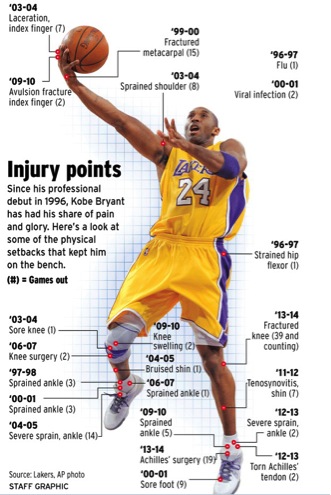
Speed changes everything.
Rarely do you see a kid who consistently throws in the low 70s have arm pain.
Rarely do you see a kid who consistently runs an 8.0 60 yard dash pull their hamstring bad enough where they miss more than a week of their season.
Athletes and coaches need to understand how to progress throwing and speed work to mitigate short and long-term injuries. It is very difficult to have only 2-3 weeks of preseason with your team, as coaches need to make cuts and figure out whom the best players are.
Want a trick to incorporate speed and conditioning work without subjecting athletes to unneeded hamstring pulls?
Hill Sprints
Why hill sprints?
With the incline of the hill you are forcing your body into good acceleration positions, without subjecting yourself to the faster velocity required in flat ground sprints. The accelerated position also prevents over-striding and over-using the hamstrings to pull you forward (no heel landing). You want to be accelerating by pushing the ground behind you, instead of pulling you forward. So, hill sprints self corrects and teaches near optimal running mechanics without having to think about it. Hill sprints are also much more anaerobic in nature which is very applicable for baseball players. Especially the weaker, slower ones!
How do you implement this?
Week 1- Tryouts:
Start with your normal baseball skill work, but everyday at the end of practice find a steep hill and have players (pitchers included!) sprint for 20 seconds up the hill and walk back down. This can be a safe grassy hill or a pavement hill. Do 6-10 rounds of this with 2-5 minutes of recovery between sprints. Record where each player ends at the end of 20 seconds. Very quickly you will know who is “in good shape” and who is powerful and athletic. Not to mention you are avoiding god-awful distance running.
Week 2- Normal Practices:
M/W/F do 6-10 sets of 20 second hill sprints with near full recovery.
Tu/Th do 6-10 sets of 10-20 yard dashes on flat ground ~80% (full recovery in-between sets)
Week 3- Normal Practices:
M/W/F do 6-10 sets of 10-20 yard dashes on flat ground ~90% (full recovery in-between sets)
Tu/Th do 4-6 sets of 20 second hill sprints with near full recovery.




